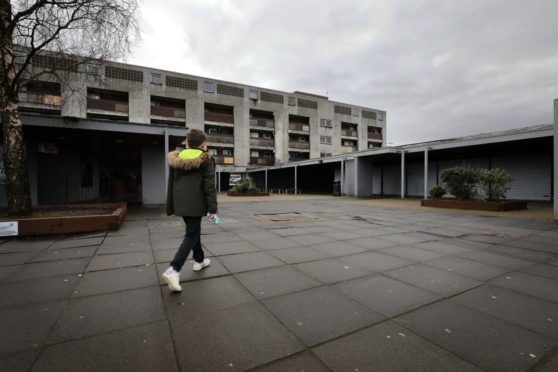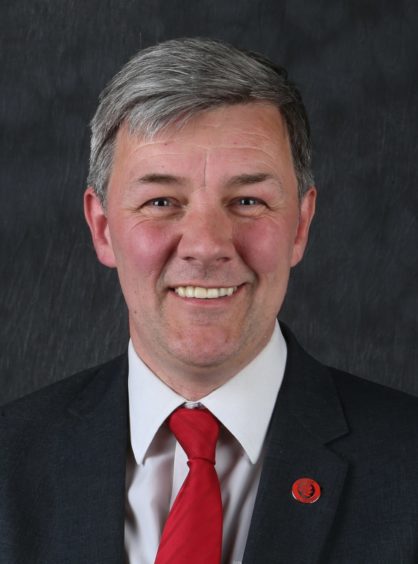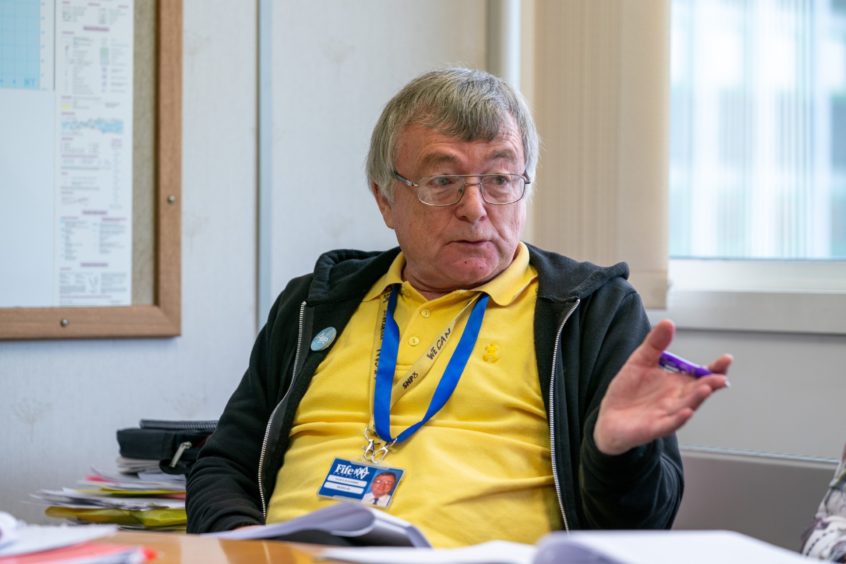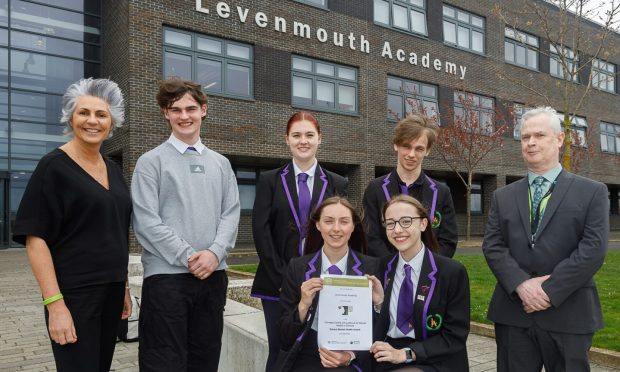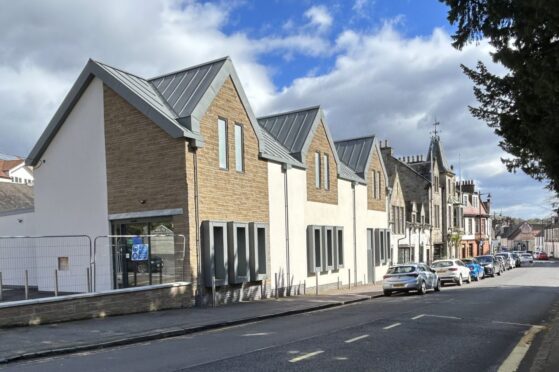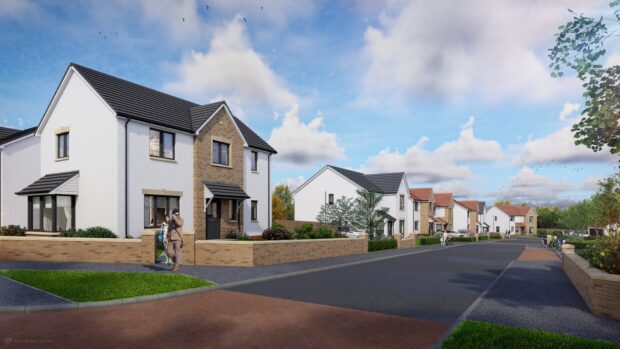The number of Fifers living in extreme deprivation is on the rise, raising serious concerns for the job and health prospects of families caught in the poverty trap.
A new council report has revealed an increase in communities counted among the poorest in Scotland with rates increasing faster than the rest of the country.
Levenmouth is among the areas worst affected according to the Scottish Index of Multiple Deprivation (SIMD). Two Methil zones were in the 5% most deprived in 2012 and by 2020 this had increased to nine, to include nearly half of Methil and parts of Leven, Buckhaven and Kennoway.
Glenrothes had no areas in the bottom 10% in 2012, but now Collydean, Cadham, Tanshall and Macedonia, and Auchmuty have fallen into this category.
The report commissioned by the council and the Scottish Government indicated that health deprivation – which means people are more likely to die early or have more years of ill health – was rising faster in Fife than in other areas of Scotland.
Labour councillor for west Glenrothes Altany Craik, who is convener of the economy, tourism, strategic planning and transportation committee, said Glenrothes had suffered from the loss of major employers including Tullis Russell and Velux.
“We’ve also seen a sustained period of cuts to local government budgets.,” he said.
“Fife Council’s budget and savings profile has been horrendous over the last decade.
“What it does tell us is to focus very closely on these areas as places where we need to be putting our services in locally to support families.”
Fife Council’s SNP co-leader David Alexander said the most significant factor in driving poverty was benefit cuts, taking money “out of the pockets of people that were struggling already”.
Mr Alexander said: “This year the cumulative impact of benefit cuts to the people of Fife is £140 million.
“There’s your problem. Fife Council and the Scottish Government are trying to mitigate, and we mitigate where we can, but we cannot match that level of cuts.
“Those who were poor already are going to get poorer.”
Fife Partnership Board will discuss the prospects for economic recovery next week.
In his report to the committee, executive director of communities Michael Enston said: “Poverty remains a major issue in Fife and, despite an ambition to improve this and some encouraging results, overall, we are not seeing significant progress and there may even be signs that in some respects the situation is getting worse.
“For instance, levels of child poverty are higher than expected relative to the rest of Scotland and this is expected to increase.”
While parts of St Andrews boast some of Scotland’s most eye-watering house prices, the board will be told there is a “significant inequality gap” between the region’s most affluent and its poorest residents.
The council and the Scottish Government commissioned the Centre for Local Economic Strategies to produce a report on Fife’s economic development.
It found the area continues to track national trends in income and employment deprivation but is showing a rise in health deprivation.
“Overall, Fife shows a small rise in its share of Scotland’s most deprived areas,” said the report.
“While the main areas for concern are within mid-Fife, pockets of deprivation exist across the region such as in the ex-coalmining towns of west Fife. Child poverty is also a particular issue in Fife, with levels above the Scottish average.
“There are concerns that in some key areas such as the number of jobs per person, Fife is falling behind both Scotland and the UK.”
The report said “even the strongest sectors of the Fife economy” were challenged by the ongoing pandemic and Brexit.
Jenny Gilruth, SNP MSP for Mid Fife and Glenrothes, said austerity measures, Covid and the impact of Brexit were all having an outsized impact on the poorest members of society.
“I don’t think the findings of this report will come as a surprise to many of my constituents,” she said.
“On a daily basis my office has worked around the clock providing support to folk through the pandemic – but we should be pragmatic here, not everyone in Fife had the same starting point.”
